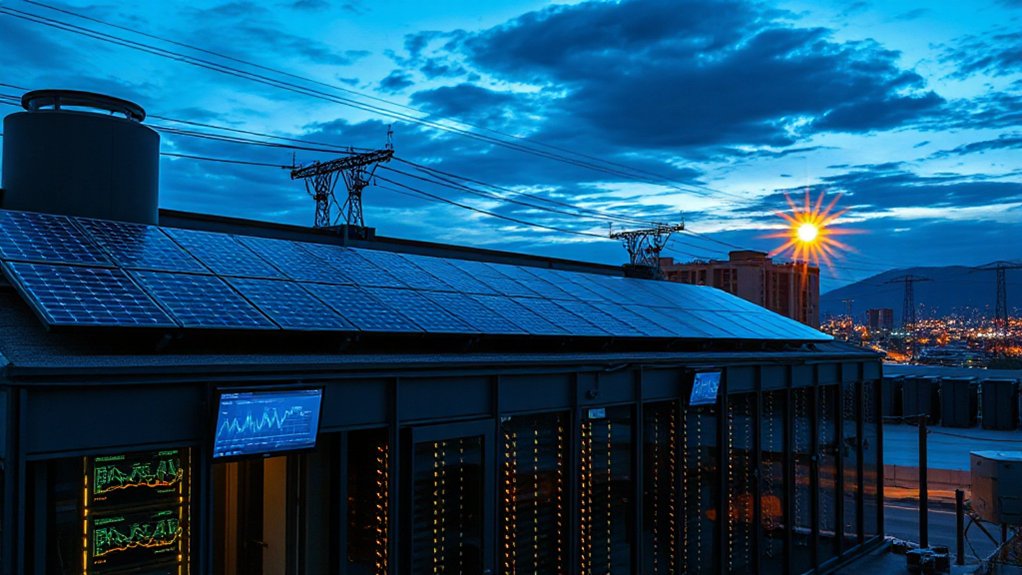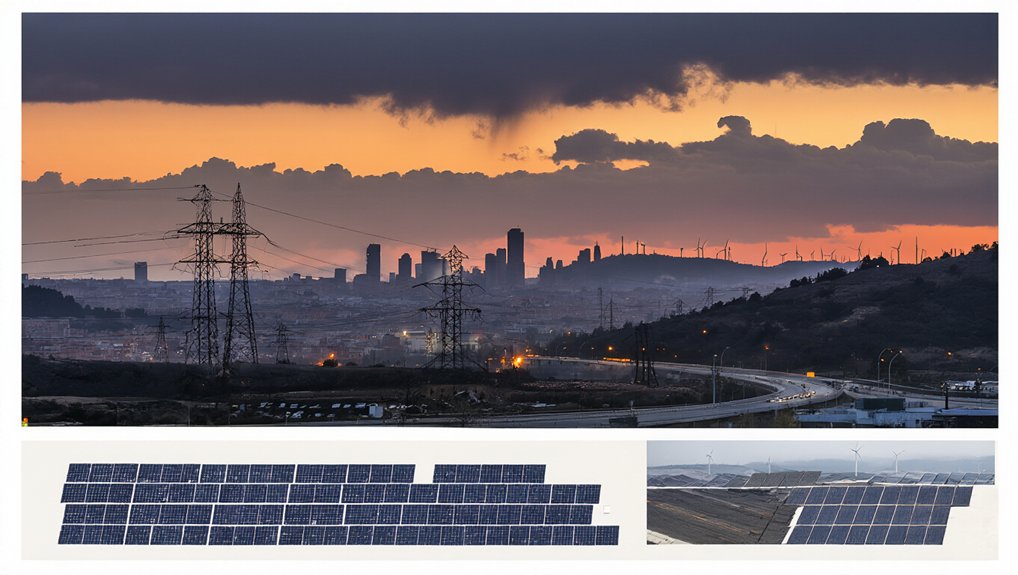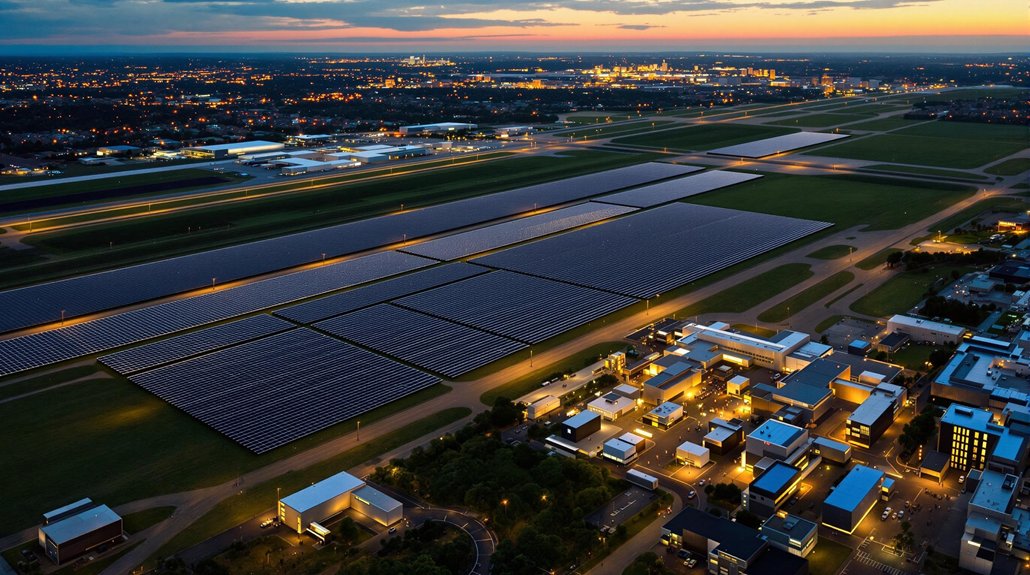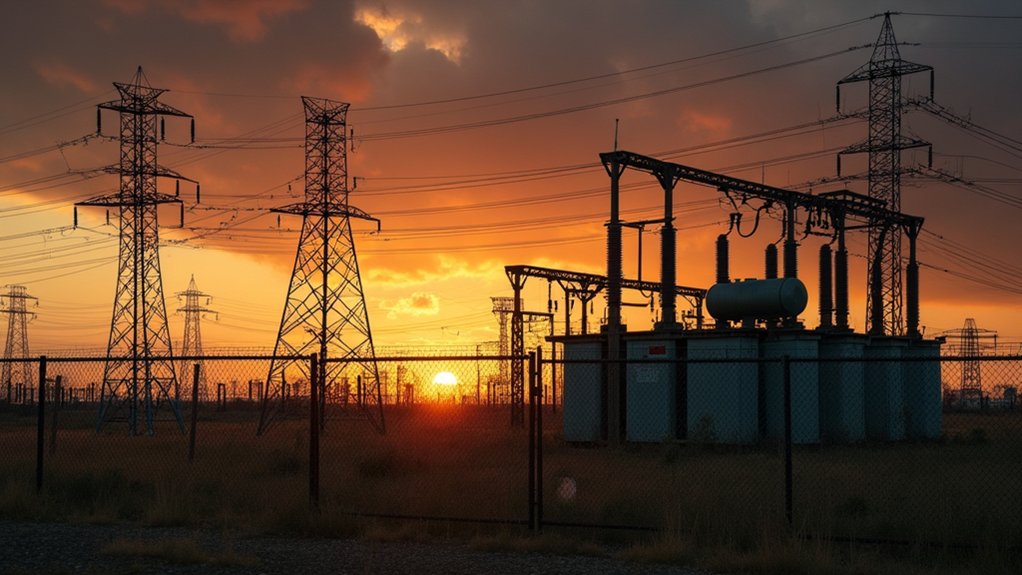Every major data center today faces a common challenge: skyrocketing energy demands in a grid that can’t keep up. The solution? Virtual Power Plants (VPPs). They’re not some far-off fantasy requiring decades of planning and billions in infrastructure. They’re here. Now.
Unlike nuclear plants or utility-scale solar farms that take years—sometimes decades—to build, VPPs can be deployed immediately. They work by aggregating distributed energy resources like rooftop solar, batteries, and even smart devices. For data centers drowning in energy needs, that’s a game-changer.
Let’s be real: data centers are energy hogs. But they’re also surprisingly flexible in how and when they consume power. This makes them perfect VPP candidates. They can shift loads, participate in demand response, and help stabilize the grid. Not bad for facilities whose primary purpose is storing cat videos and training AI models to write poetry.
Data centers: digital warehouses with surprisingly flexible appetites that can help feed a hungry grid.
The financial upside is obvious. Data centers can slash energy bills by shifting usage to off-peak hours when electricity is cheaper. They can also play the market, taking advantage of real-time price fluctuations. Ka-ching.
But it’s not just about saving money—it’s about making it. Data centers can earn actual revenue by providing ancillary services to the grid. They can trade electricity in wholesale markets. They can monetize their flexibility. The grid operators are practically begging for help, and they’re willing to pay for it.
The regulatory environment is increasingly pushing in this direction too. In places like PJM and ERCOT, where data centers are concentrated, VPP offtake is already robust. VPPs use digital connectivity and AI to coordinate and optimize distributed energy resources across the grid. WattCarbon’s initiative in California enables data centers to receive flexibility certificates that can be leveraged for better utility negotiations.
Industry heavyweights are taking notice. Nvidia, Digital Realty, and others recently launched the first power-flexible AI facility in Virginia. Not because they’re tree-hugging environmentalists, but because it makes business sense.
VPPs can meet over 20% of US peak demand by 2030. That’s not just a statistic—it’s a lifeline for an industry whose growth is otherwise constrained by a creaking, outdated grid. With energy storage solutions becoming increasingly crucial for intermittent renewables like wind and solar, data centers are positioned to become key players in grid stabilization.
References
- https://www.energycentral.com/intelligent-utility/post/digital-economy-meets-energy-transition-data-centers-asset-energy-PxNKUBolReogOCX
- https://www.latitudemedia.com/news/can-vpps-unlock-grid-capacity-for-data-centers/
- https://www.pv-tech.org/virtual-power-plants-offer-faster-deployment-for-data-centres-needs-says-sunrun/
- https://rmi.org/how-virtual-power-plants-can-help-the-united-states-win-the-ai-race/
- https://www.utilitydive.com/news/data-center-vpp-virtual-power-wood-mackenzie/760731/
- https://read.nxtbook.com/ieee/electrification/electrification_sept_2023/virtual_power_plant_empowerme.html








